The continent is in the middle of a health manufacturing revolution driven by demand, innovation, regulation, and investment.
Across Africa, a quiet revolution is taking shape; powered not by aid, but by technology, innovation, and a new vision of self-reliance. From vaccine hubs in South Africa and Rwanda to pharmaceutical expansions in Egypt and Senegal, the continent is rapidly building the capacity to produce its own medicines, vaccines and diagnostics, and to control its health future.
For decades, Africa’s health systems were bound to donor cycles and foreign supply chains, leaving them vulnerable to global shocks.
Now, as initiatives like the World Health Organization (WHO) mRNA Technology Transfer Programme and the Gavi African Vaccine Manufacturing Accelerator (AVMA) take root, a new ecosystem grounded in innovation, demand, regulation, and strategic investment is emerging.
“Africa’s pursuit of health sovereignty must be rooted in equity and human-centred outcomes,” said Etleva Kadili, UNICEF’s Regional Director for Eastern and Southern Africa. “Local manufacturing is not an end in itself, but a means to achieve equitable access, resilient health systems, and empowered communities.”
Kadili spoke at the just-ended 4th International Conference on Public Health in Africa (CPHIA 2025) in Durban, South Africa, where she noted that technology transfer is proving to be a game-changer.
The IFC points to a surge in research and development, skills development, and digital health infrastructure that is reshaping Africa’s pharmaceutical landscape
Through the WHO-supported mRNA technology hub in South Africa, local scientists are mastering vaccine design and production once limited to labs in Europe and North America. Similar hubs are springing up in Rwanda and Senegal, supported by the Africa CDC and private investors.
These ventures are not only about producing vaccines, but also about retaining economic value, nurturing technical expertise, and driving homegrown innovation. The International Finance Corporation (IFC) 2024 Market Outlook points to a surge in research and development, skills development, and digital health infrastructure that is reshaping Africa’s pharmaceutical landscape.
According to the African Union and the African Medicines Agency (AMA), Africa’s health self-reliance rests on four interlinked pillars: demand, innovation, regulation, and investment.
Experts aver that demand could work through predictable procurement from governments and regional blocs to sustain production, while innovation is driven by local research, technology transfer, and workforce training. Regulation pushes for harmonised standards and faster approvals under a strengthened AMA to enable investments through blended finance and accelerator models to attract private capital.
The Gavi vaccine manufacturing accelerator and IFC forecast that if these pillars align, Africa’s pharmaceutical market could exceed $70 billion (Ksh9.1 trillion) by 2030, a transformation that could make donor dependency obsolete.
At the CPHIA 2025 conference, experts warned that without predictable demand and harmonised regulation, new manufacturing plants risk underuse. Yet, momentum is growing for Africa to pool its purchasing power.
Speakers highlighted Egypt’s Unified Procurement Authority as a model, proving that consolidated buying can slash costs and secure supplies. Many argued that if the continent’s 1.4 billion people negotiated as one, Africa could finance its own health goals and set global terms on affordability and access.
UNICEF has pledged to source 20 per cent of vaccines from African manufacturers by 2035
The African Medicines Agency remains central to this vision. Though not yet fully operational, it is advancing regulatory sovereignty by recognising nine national authorities at WHO Maturity Level 3. Experts say that as regional collaboration expands, Africa’s “centre of gravity” for product quality is shifting home.
“Africa cannot achieve health independence with systems that rely on external validation,” one panellist noted. “We’re moving from being recipients of standards to setting them.”
UNICEF is backing this shift with concrete commitments, aligning procurement systems with the Africa CDC and pledging to source 20 per cent of vaccines from African manufacturers by 2035.
Kadili emphasised that innovation must stay people-centred: “Demand should be driven by community health needs, not market forces. Regulation must ensure quality and affordability. Investment should remain catalytic and publicly accountable.”
From digital health startups to AI-enabled manufacturing oversight, Africa’s innovators are rewriting what health sovereignty looks like. The transition won’t happen overnight, but with political will, local expertise, and smart financing, the continent is steadily replacing donor dependency with continental capability.
As one CPHIA delegate summed it up: “What’s happening isn’t just the building of factories, it’s the building of confidence.”
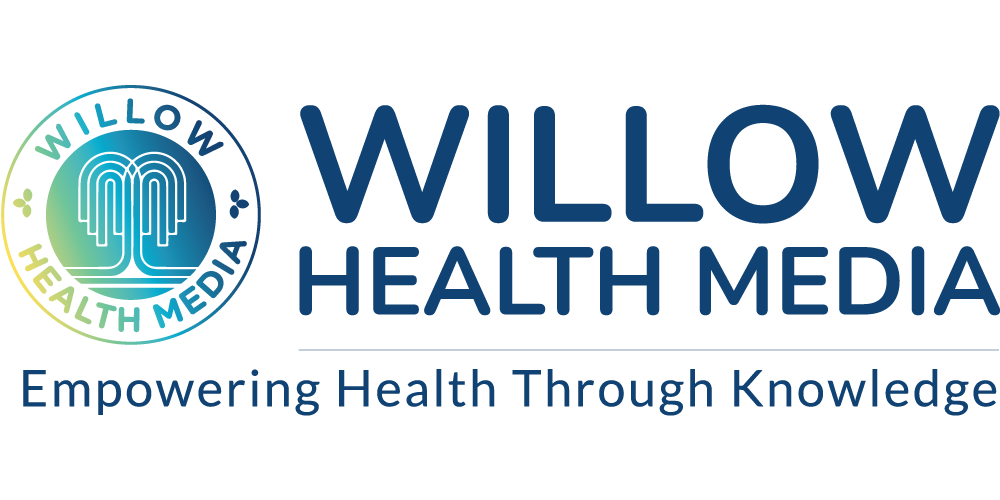


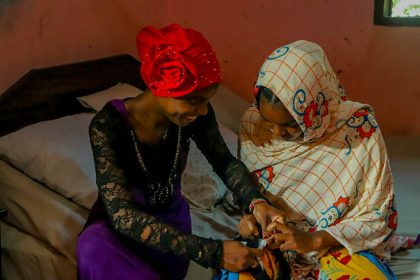

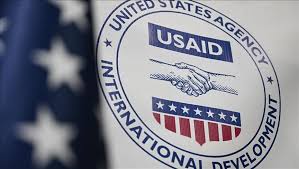














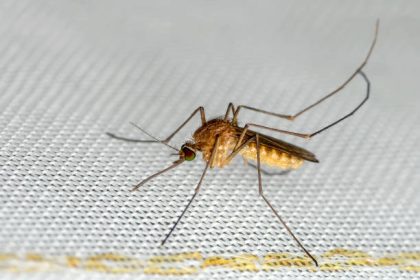




thanks for info.